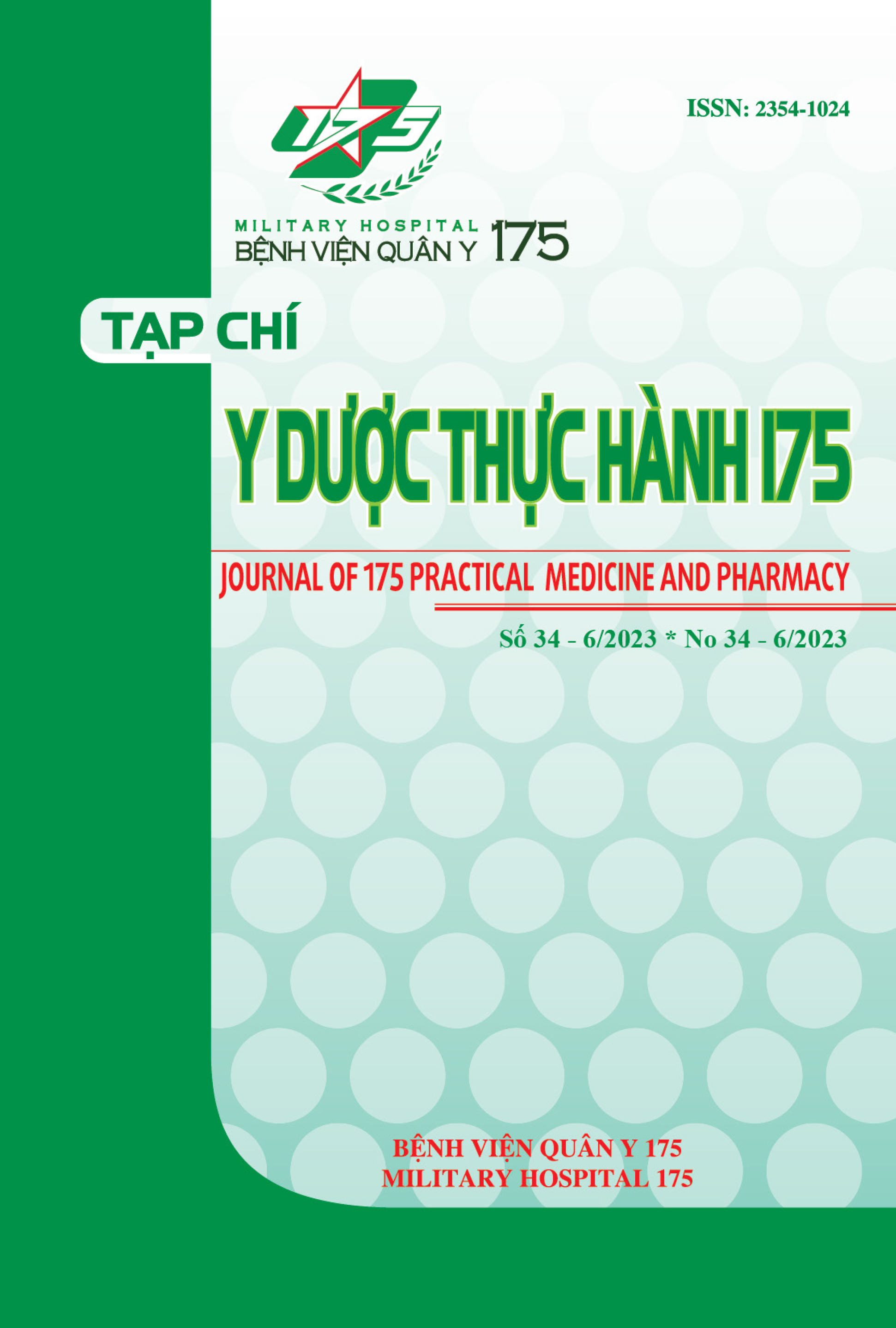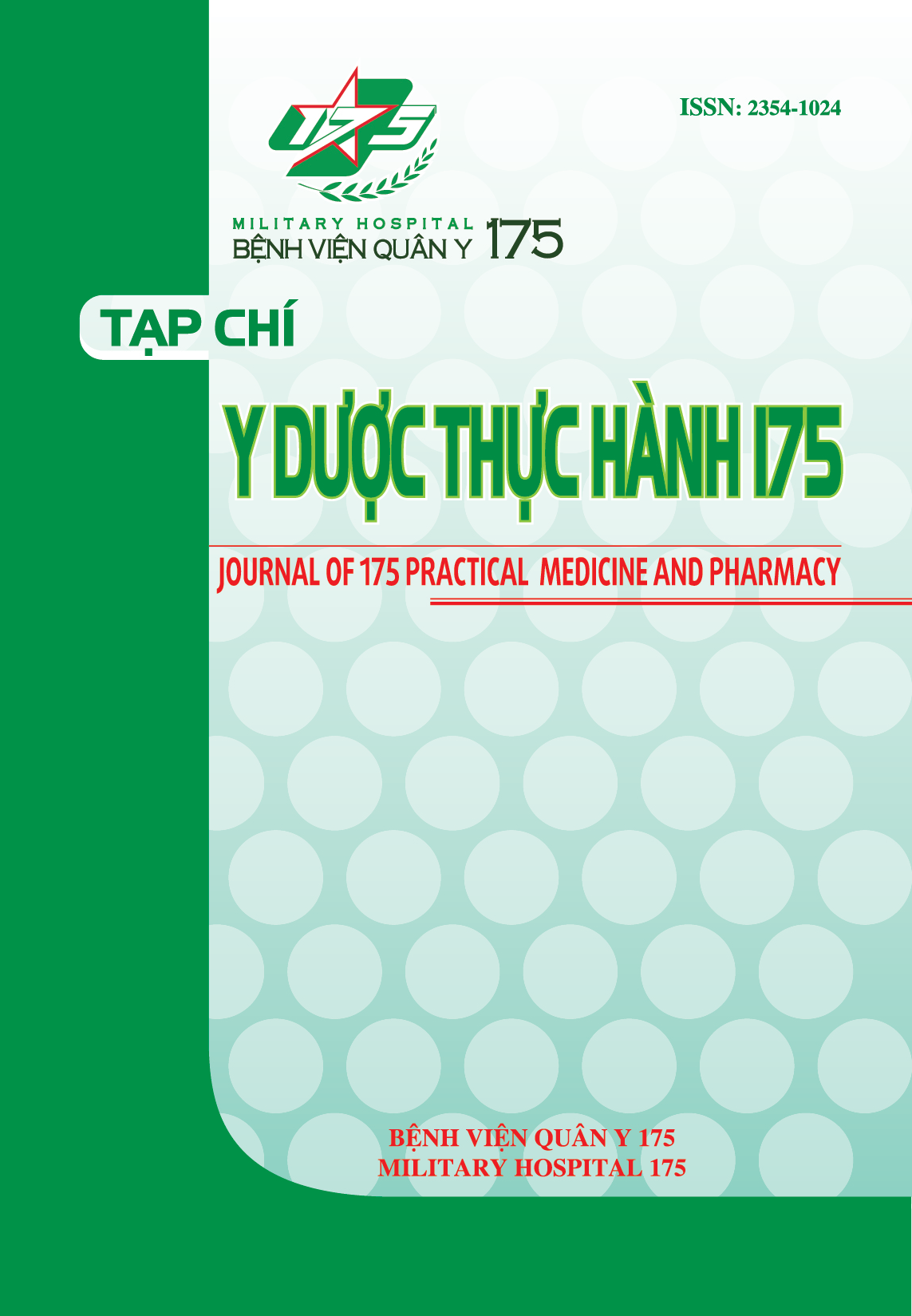EQUIVALENCE BETWEEN ANTIMICROBIAL SUSCEPTIBILITY (in vitro) AND TREATMENT EFFICACY (in vivo) IN INFECTIOUS DISEASE PATIENTS TREATED WITH PIMENEM AND MERONEM IN THONG NHAT HOSPITAL AND GENERAL HOSPITAL PHU YEN PROVINCE
Authors
DOI: https://doi.org/10.59354/ydth175.2023.197References
Straif-Bourgeois S, Ratard R, and Kretzschmar M (2014). Infectious Disease Epidemiology. Handbook of Epidemiology, p.2041-119.
Tran GM, Ho-Le TP, Ha DT et al. (2017). Patterns of antimicrobial resistance in intensive care unit patients: a study in Vietnam. BMC Infect Dis, 17(1):429.
Bộ Y tế (2020). Quyết định về việc ban hành tài liệu chuyên môn “hướng dẫn chẩn đoán và điều trị viêm phổi mắc phải cộng đồng ở người lớn”. [truy cập 20/8/2022]; https://thuvienphapluat.vn/ van-ban/The-thao-Y-te/Quyet-dinh-4815- QD-BYT-2020-tai-lieu-Huong-dan-chan-doan-viem-phoi-mac-phai-o-nguoi-lon-457957.aspx.
Bộ Y tế (2015). Hướng dẫn chẩn đoán và điều trị bệnh hô hấp. Hà Nội: Nhà xuất bản Y học, tr.40-48.
Gomi H, Solomkin JS, Schlossberg D et al. (2018). Tokyo Guidelines 2018: antimicrobial therapy for acute cholangitis and cholecystitis. J Hepatobiliary Pancreat Sci, 25(1):3-16.
Bộ Y tế (2016). Hướng dẫn chẩn đoán và điều trị một số bệnh truyền nhiễm. Hà Nội: Nhà xuất bản Y học, tr.86.
Khoa Y - Bộ môn Vi sinh (2011). Thực hành Vi sinh và Miễn dịch. Tp. Hồ Chí Minh: Nhà xuất bản Y học, tr.15-17.
Angkasekwinai N, Werarak P, Chaiyasoot K et al (2011). Monitoring of effectiveness and safety of generic formulation of meropenem for treatment of infections at Siriraj Hospital. J Med Assoc Thai, 94 Suppl 1:S217-24.
Ordóñez K, Feinstein MM, Reyes S et al (2019). Clinical and economic impact of generic versus brand name meropenem use in an intensive care unit in Colombia. Braz J Infect Dis, 23(4):237- 245.
Tansuphasawadikul S, Simaroj S, Chantarothorn S et al. (2011). Therapeutic effectiveness of a generic versus original meropenem in serious infections. J Med Assoc Thai, 94(2):172-8.
Downloads
PDF Downloaded: 19










